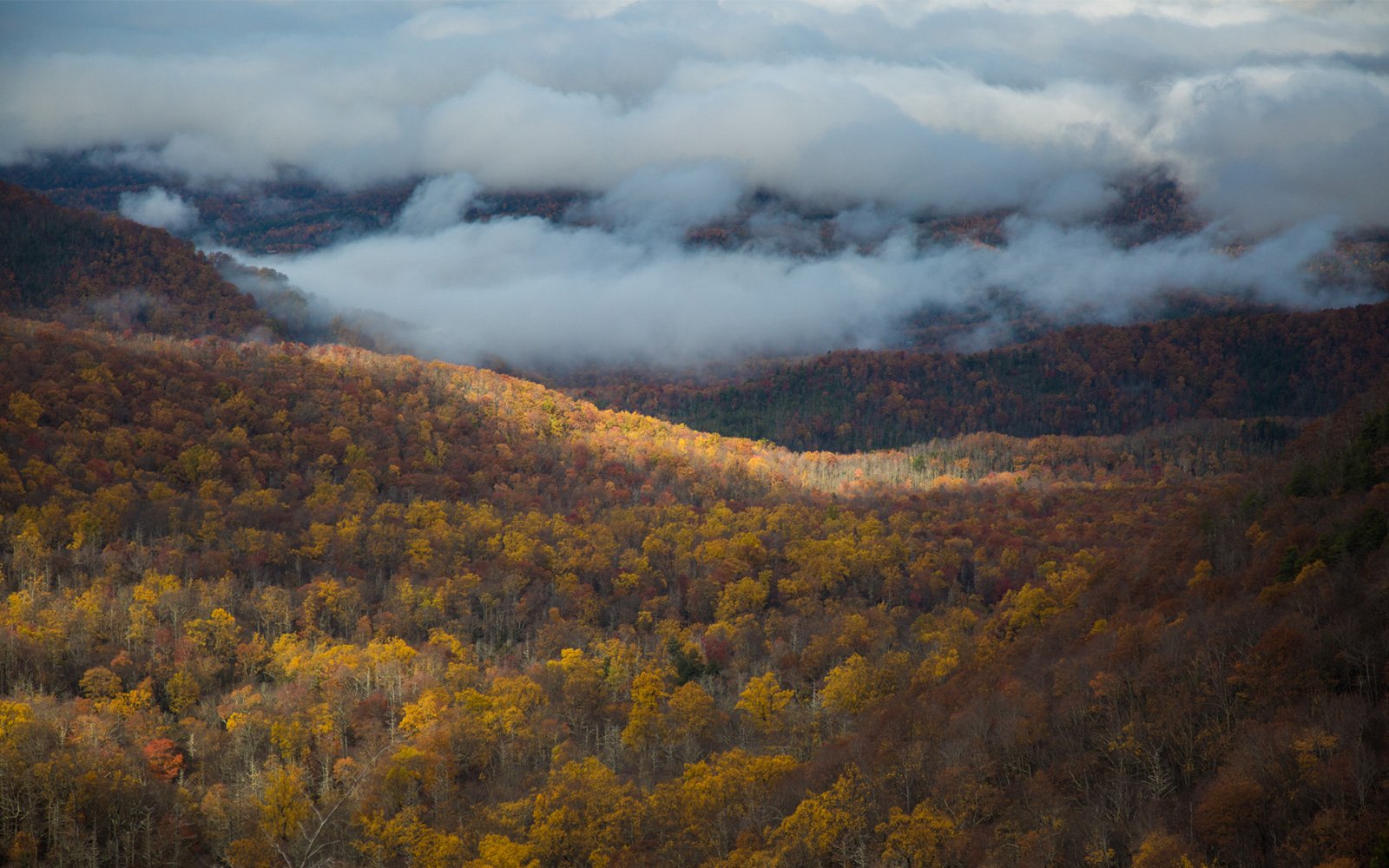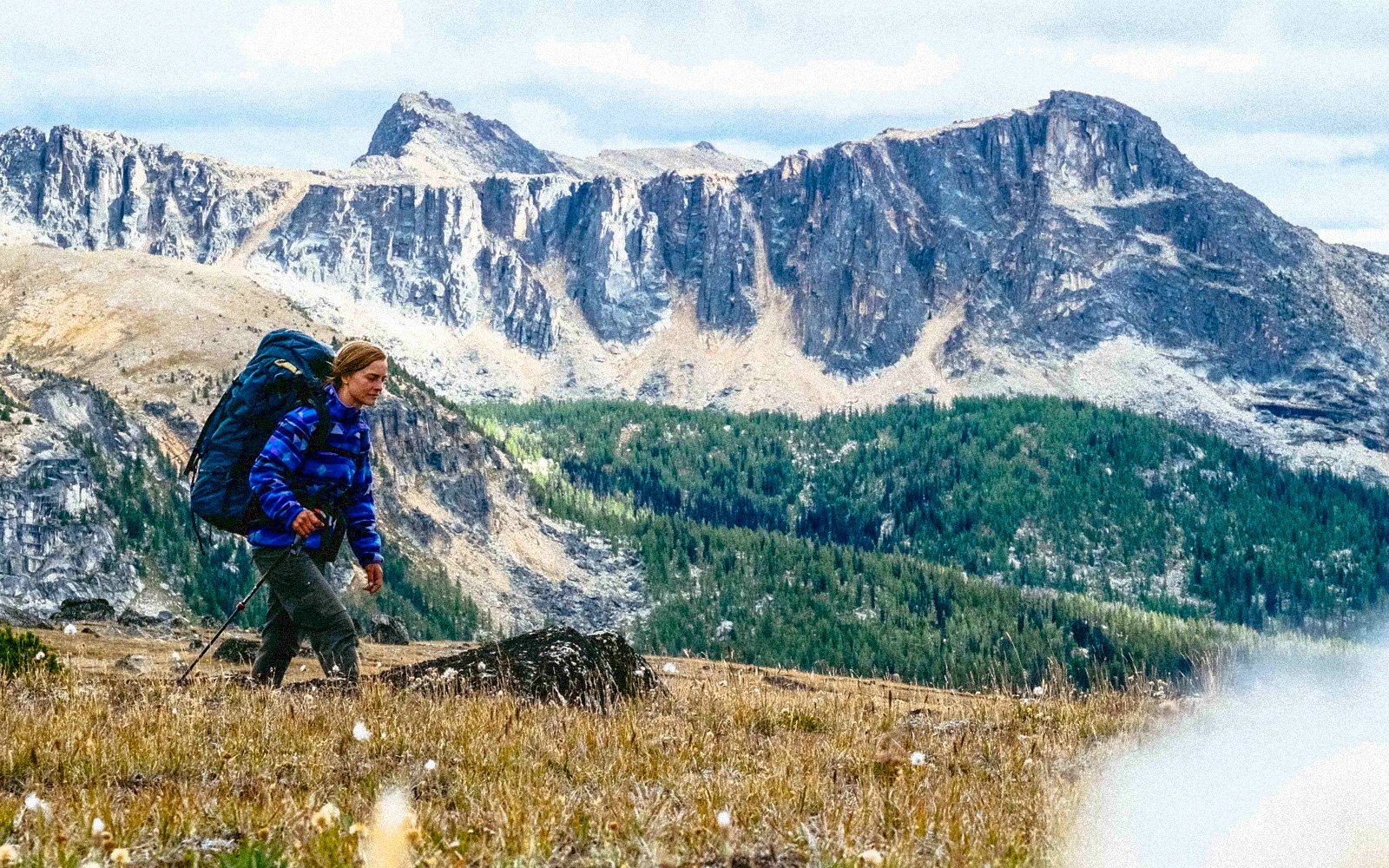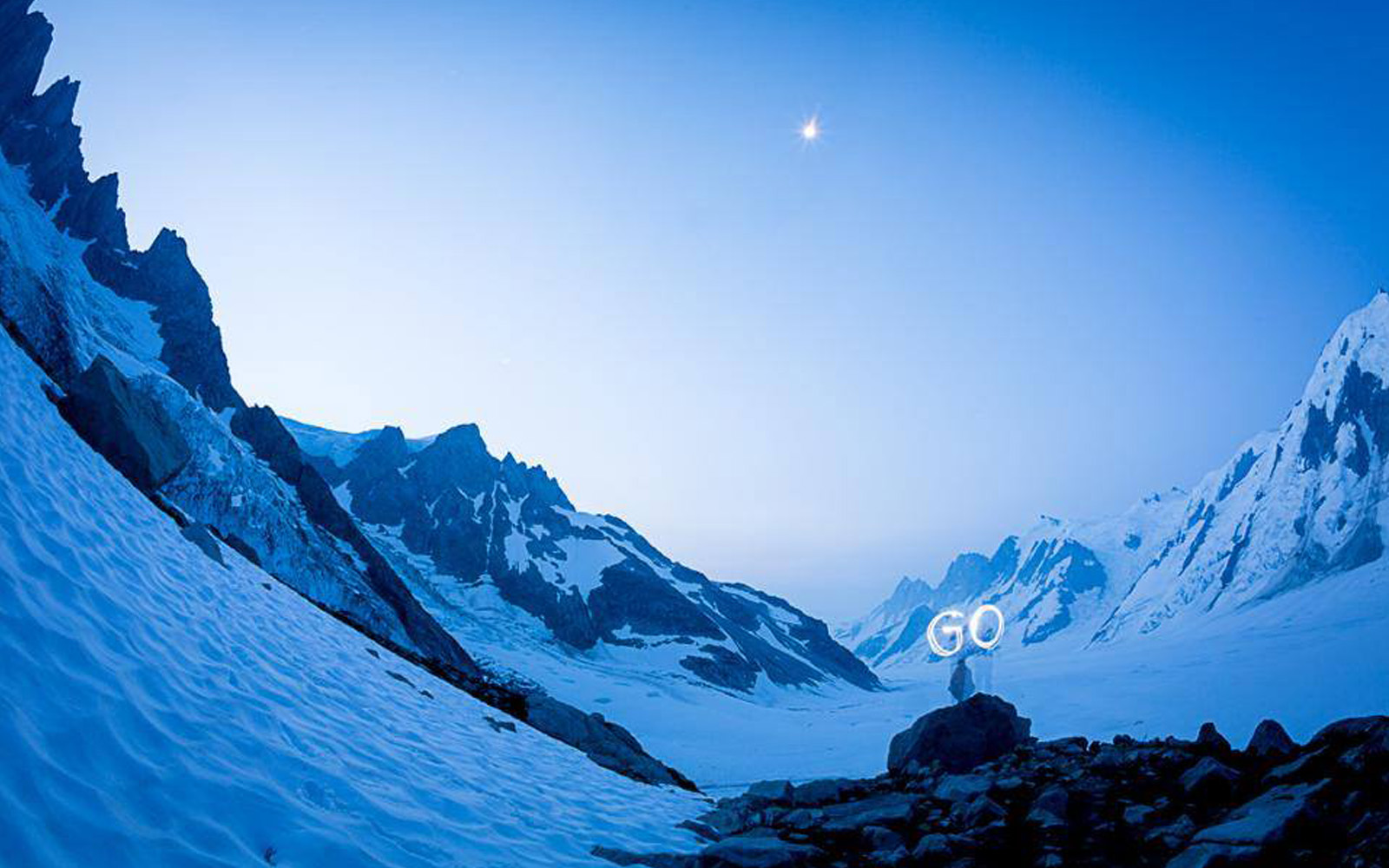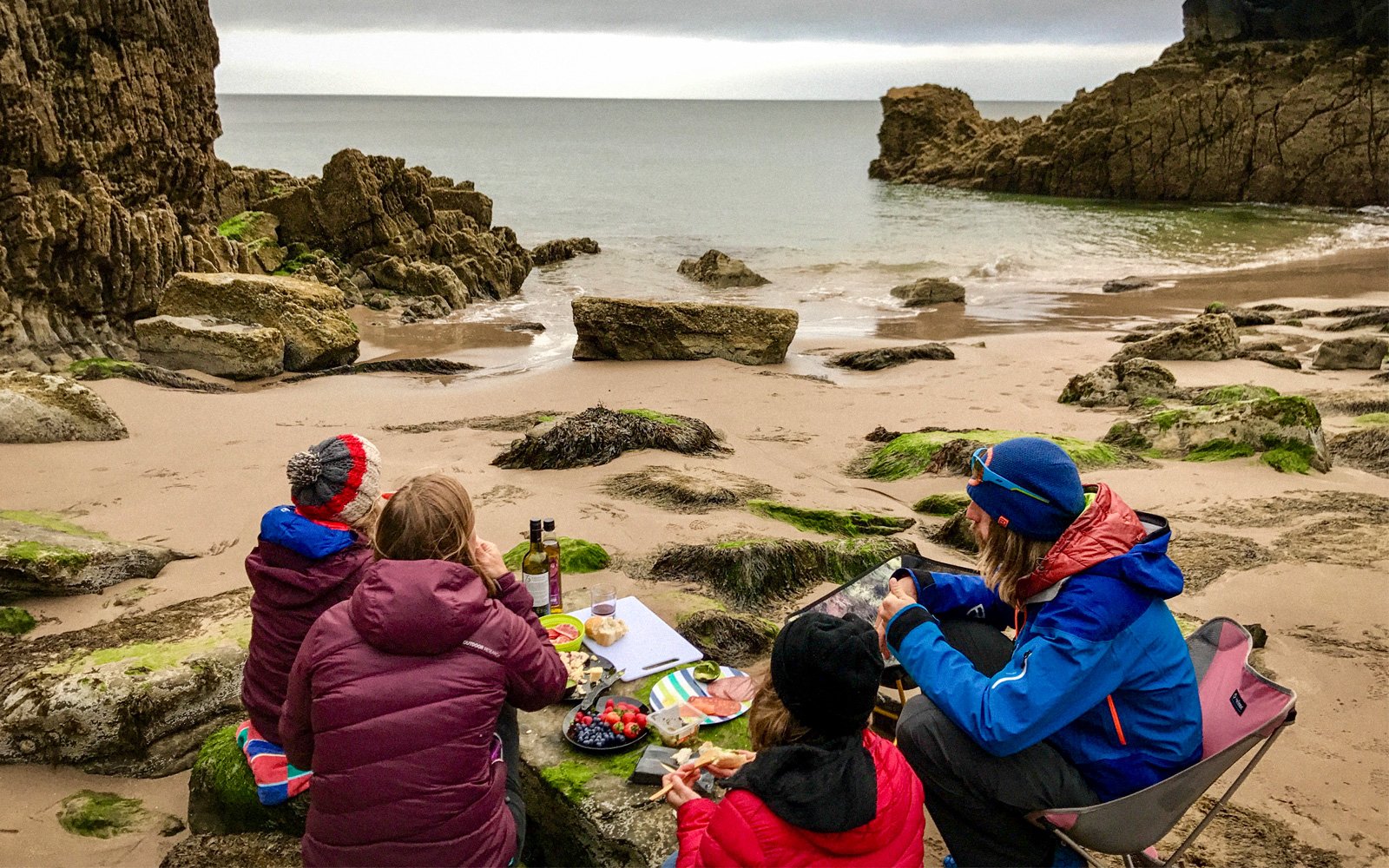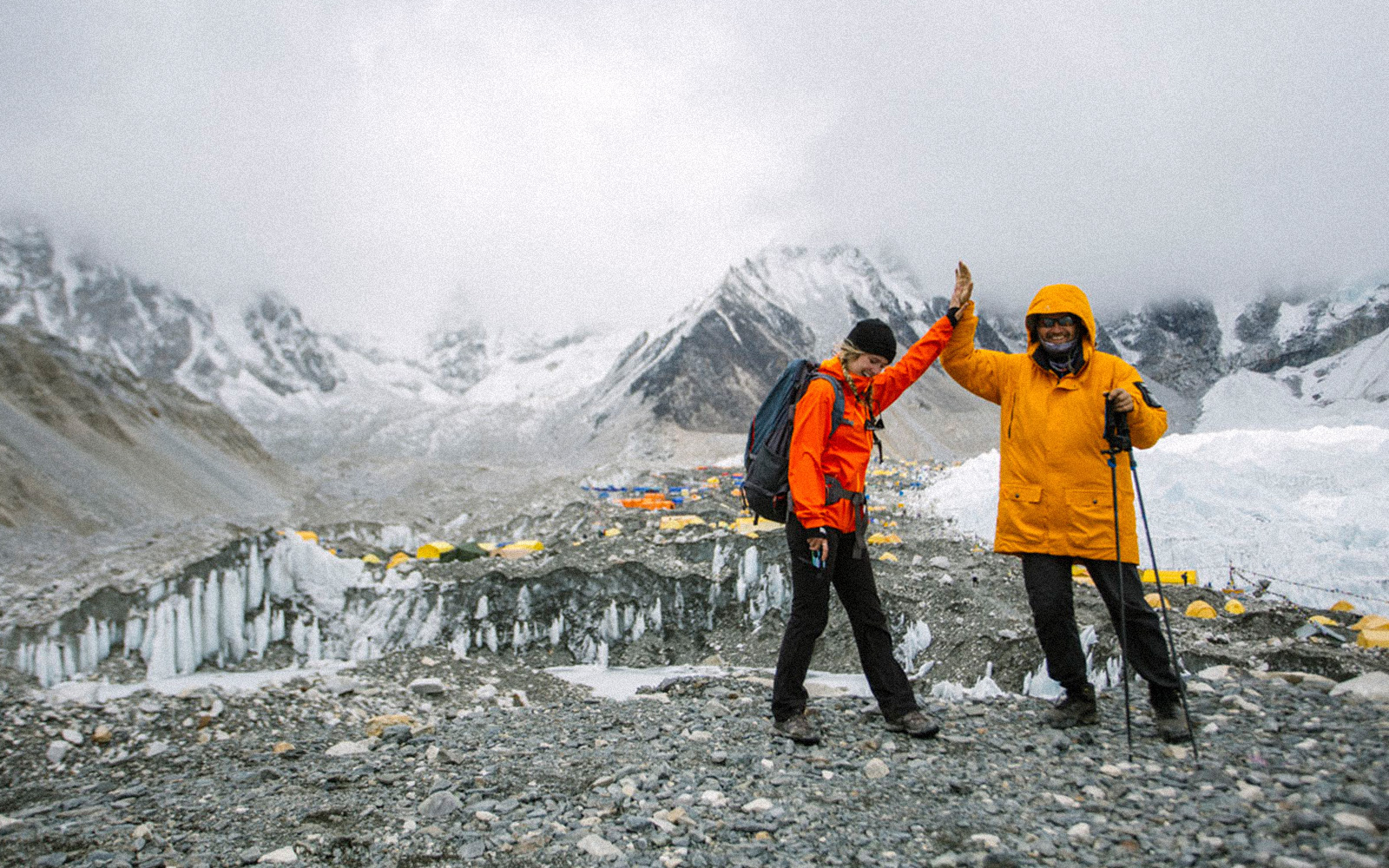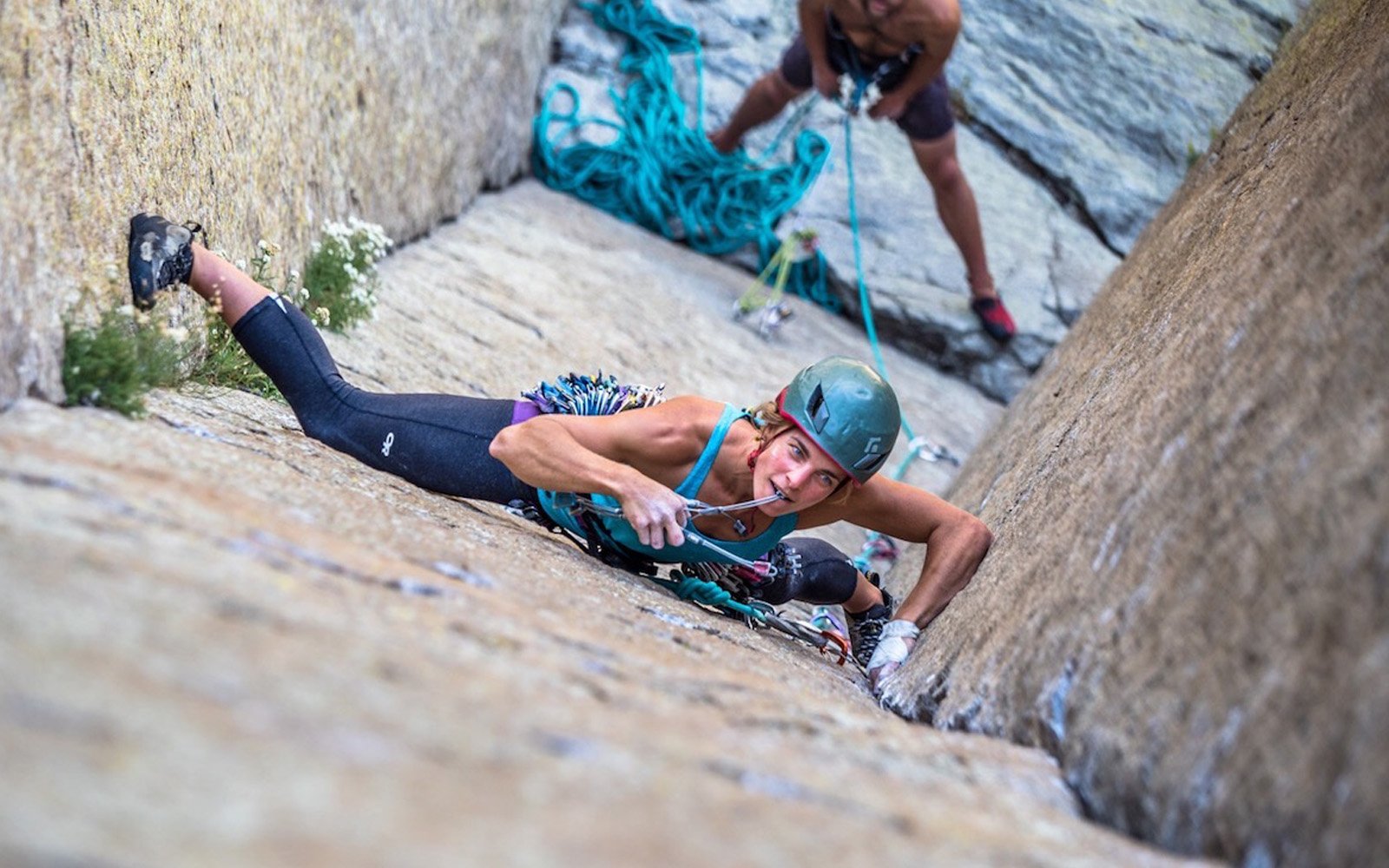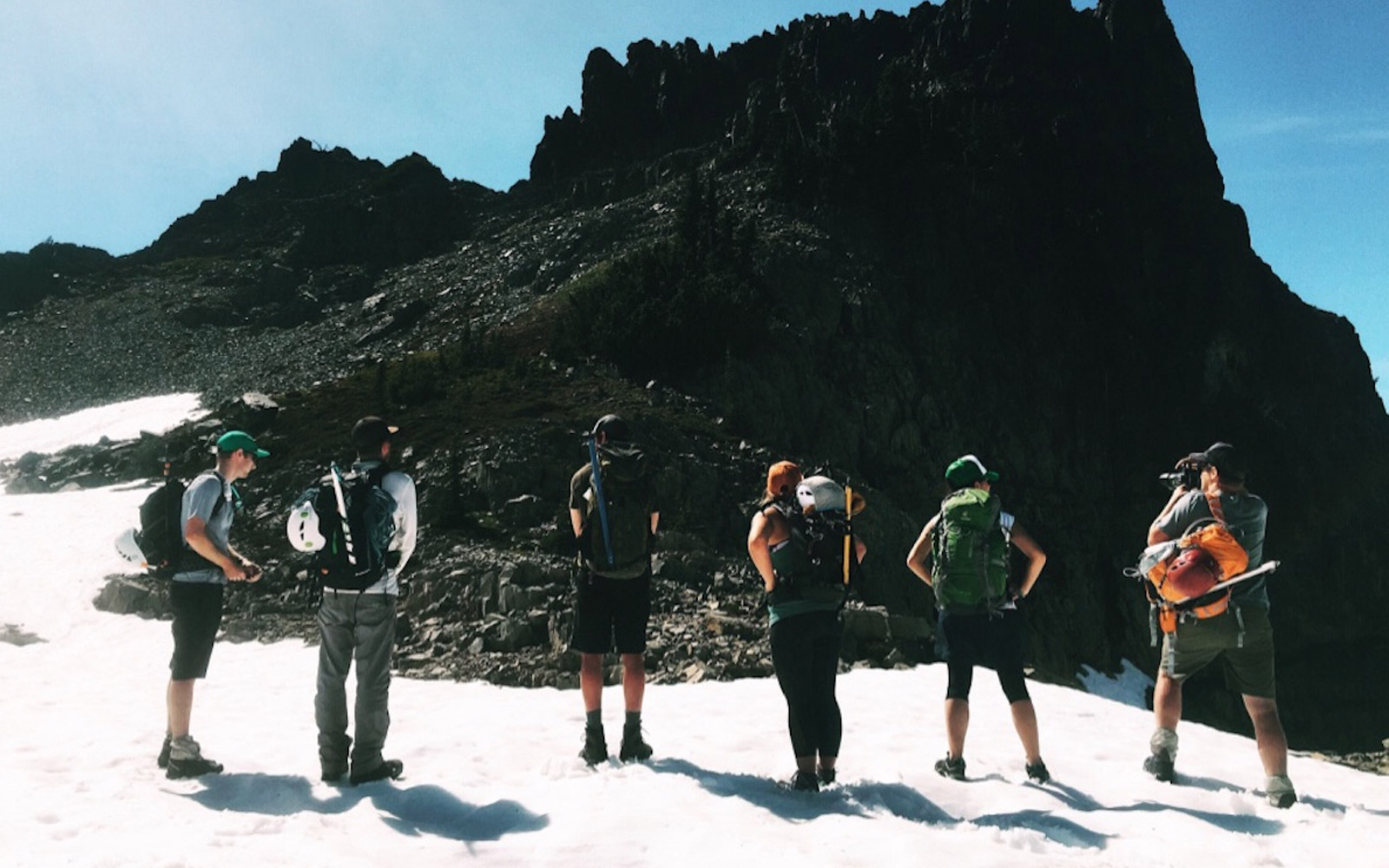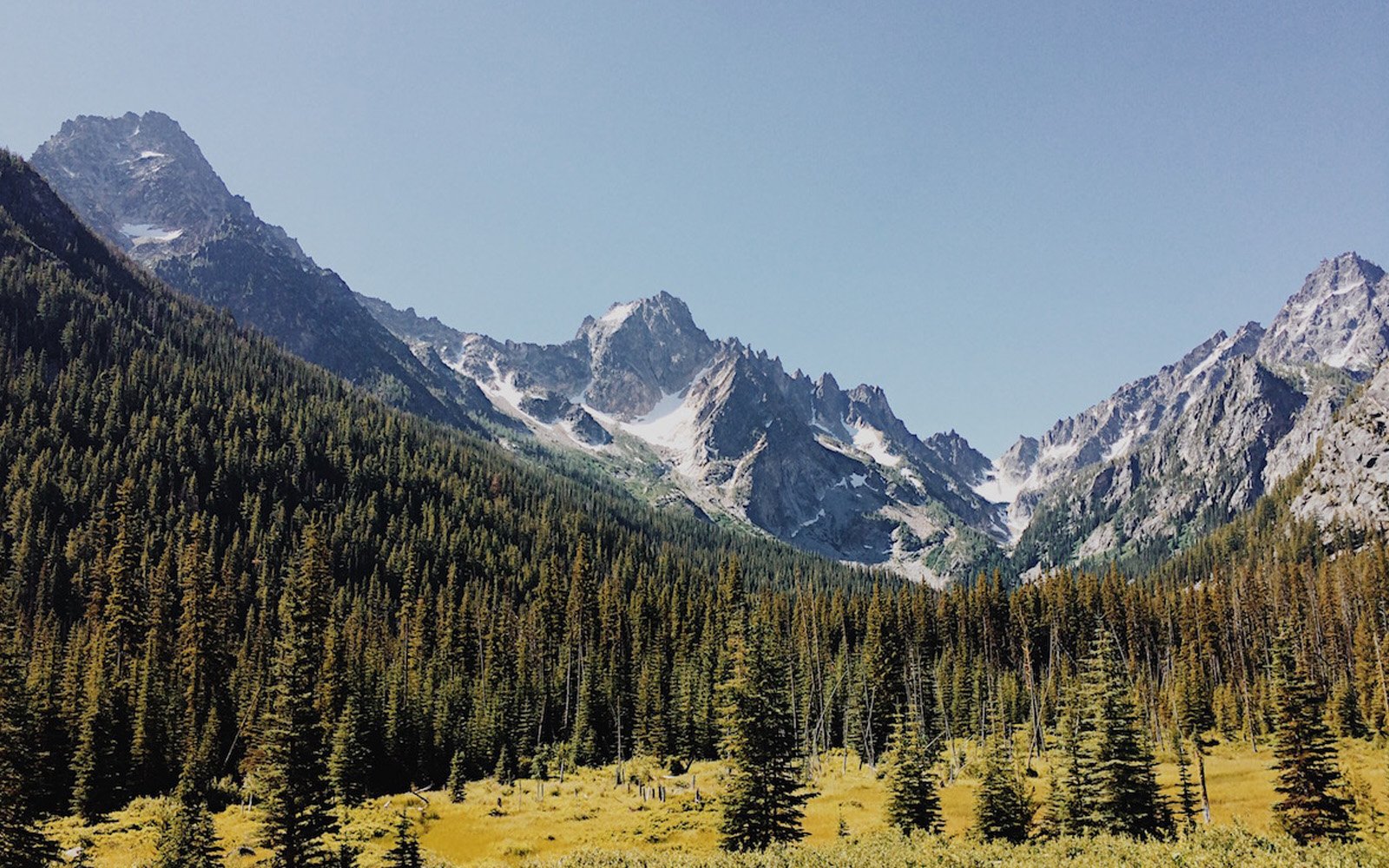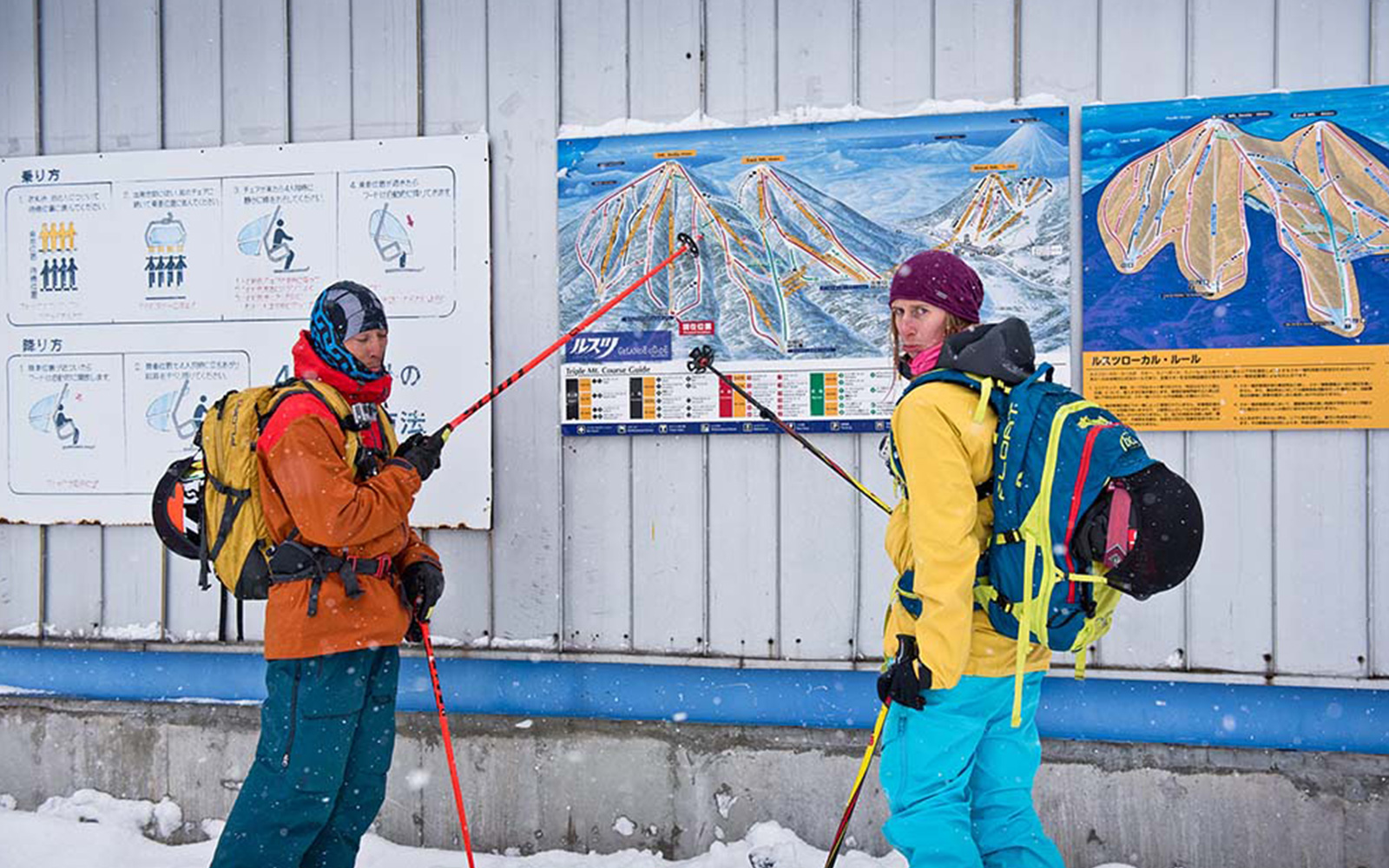The outdoors are chock-full of breathtaking scenes, many completely unplanned. The sun breaking through the fog of morning. The perfect mirror reflection in an alpine lake. A pair of birds gliding together through a cloudless blue sky. However, some of these scenes can be scheduled. The fiery colors of the Smoky Mountains in the fall is one of these scenes.
In this edition of Therm-a-Rest Explore, contributor Kathy Holcombe describes a family backpacking trip planned around the spectacular autumn colors.
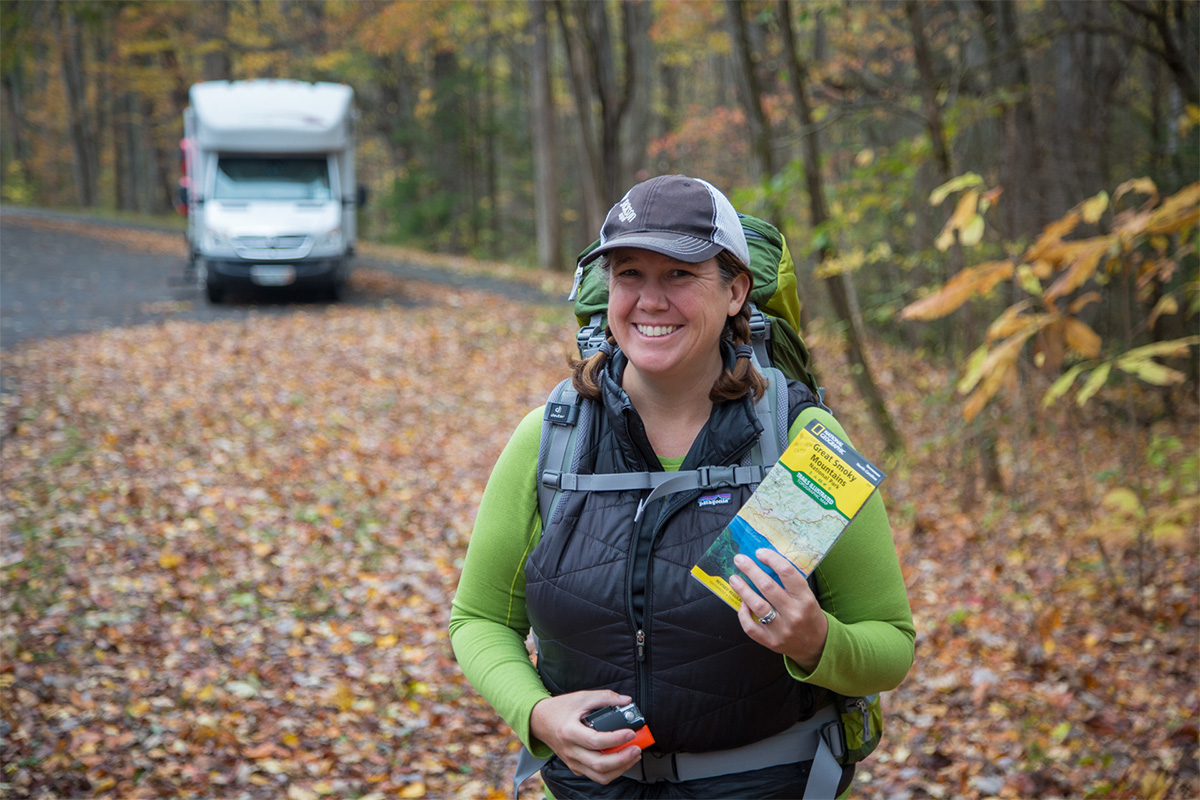
The changing of seasons from summer to fall, with its brilliant display of foliage is a photographers dream. It is a busy time of year for photographers, and a delicate balancing act of endless waiting (for the color to arrive), followed by a frantic sprint to capture the spectacle before it fades into the monochromatic doldrums of winter. This year, we were trying to time a four-day backpacking trip to coincide with the peak of the turning leaves. When we arrived in Bryson City, North Carolina, we were at the very beginning of the color shift. There were sparse patches of gold intermingled within the verdant green that blankets the Appalachian Mountains, but it was just the beginning of the metamorphosis, and we decided to wait, just a little longer, before we set off into the mountains.
Each subsequent day, the mountains blazed with new colors: reds, golds and oranges, seemingly changing by the hour, until we decided five days later that the peak of the fall bloom was just a few days out. We started laying out our equipment and preparing our backpacks for our foray into the wilderness, and finally began our pilgrimage to the backcountry office, on the other side of the mountains, for our camping permit.
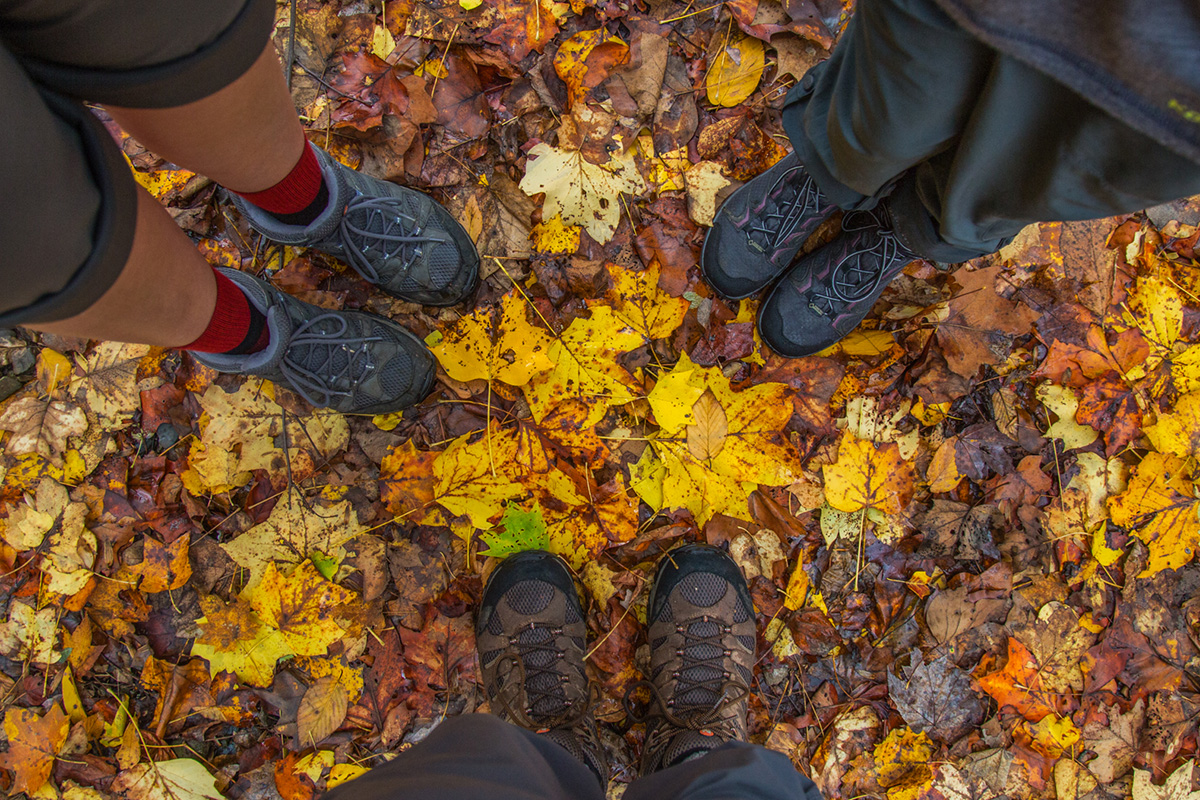
As we began ascending the pass over the mountains we found ourselves engulfed in an arboreal inferno, a brilliant palette of amber and crimson. But, as we neared the summit of the pass—the location of our upcoming adventure, the vibrant confusion of color was replaced with the barrenness of winter. We had waited a little too long!
We continued on, descending into Gatlinburg (the starting point of our trip), ever hopeful that our timing was just right. After conferring with the park rangers in the backcountry office, we decided on a twenty mile backpacking loop in a more isolated area of Great Smoky Mountain National Park near the small town of Cosby, TN. We stayed at the Cosby Campground just inside the park boundary, and were ready to blast off on our adventure the next morning. That night, the wind howled, rocking our RV and rattling the vents, and when we emerged from “Winnie the View” the next morning, we stepped into a knee deep river of red and gold that blanketed the roadway. With just a few stragglers holding tight to the branches overhead, almost all the leaves had fallen overnight.
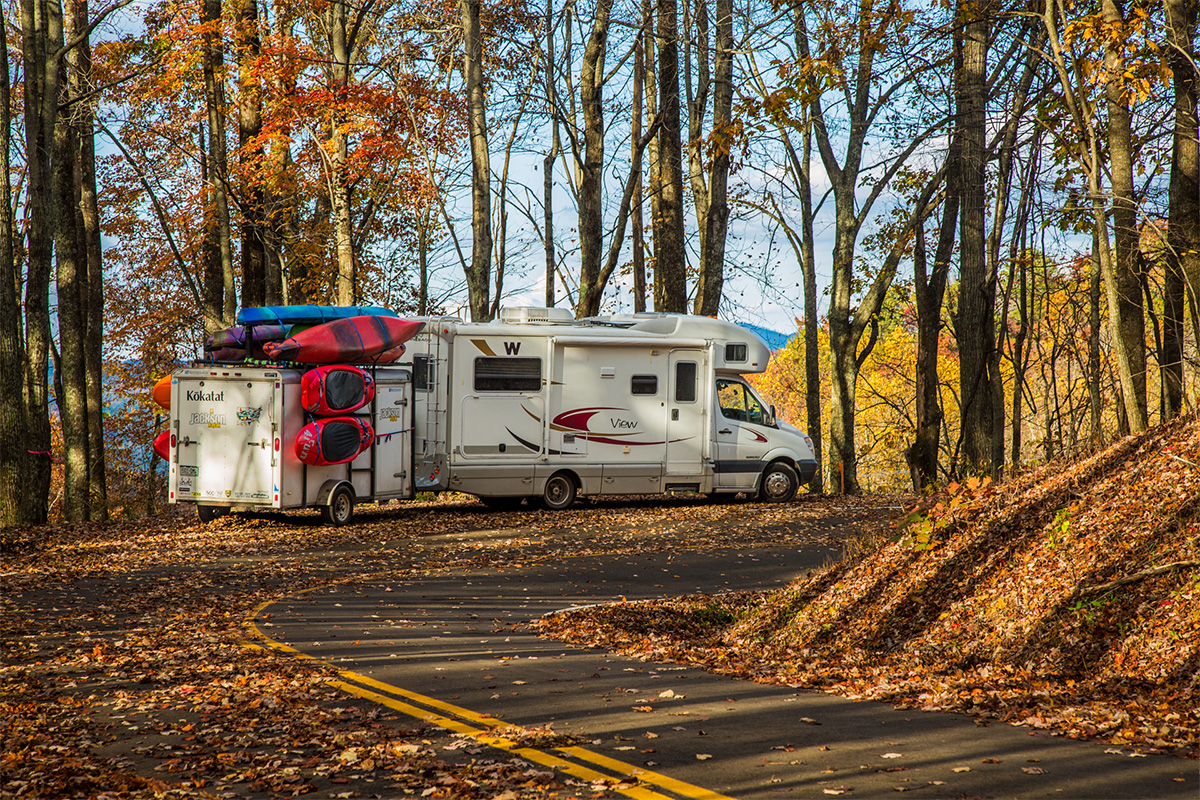
Undeterred and hopeful that the fallen leaves in the campground were an anomaly, we locked up the RV and stepped onto the trail to see what the Great Smoky Mountains had in store. It turned out that wading through a sea of fallen leaves, so thick that you cannot see the trail, was an incredibly unique experience, hiking by braille if you will, where each precariously blind footstep could land on a rock, root or puddle.
As the hours ticked by, so did the miles and the vertical gain, eventually depositing us on the Appalachian Trail (AT)—the apex of the park, a legend among hikers and the natural border between North Carolina and Tennessee. One of the more interesting features of the AT are the shelters that occur at regular intervals along the entire 2,200-mile length of the trail that spans from Georgia to Maine. The thrill of our inaugural step onto this iconic thoroughfare, reinvigorated us for our final mile-long push to the Cosby Knob shelter, our home for the night. We weren’t really sure exactly what to expect as we approached the shelter, but were pleasantly surprised as we caught our first glimpse through the trees. It was a three sided stone structure with a roof that extended to create a large porch on the front—a true luxury in the backcountry. As we walked around the shelter, we were welcomed by two other hikers with whom we cohabited for the night. They had already staked out the top bunk, so we unloaded our packs and laid our claim to the bottom bunk that ran the entire 20-foot span of the shelter.
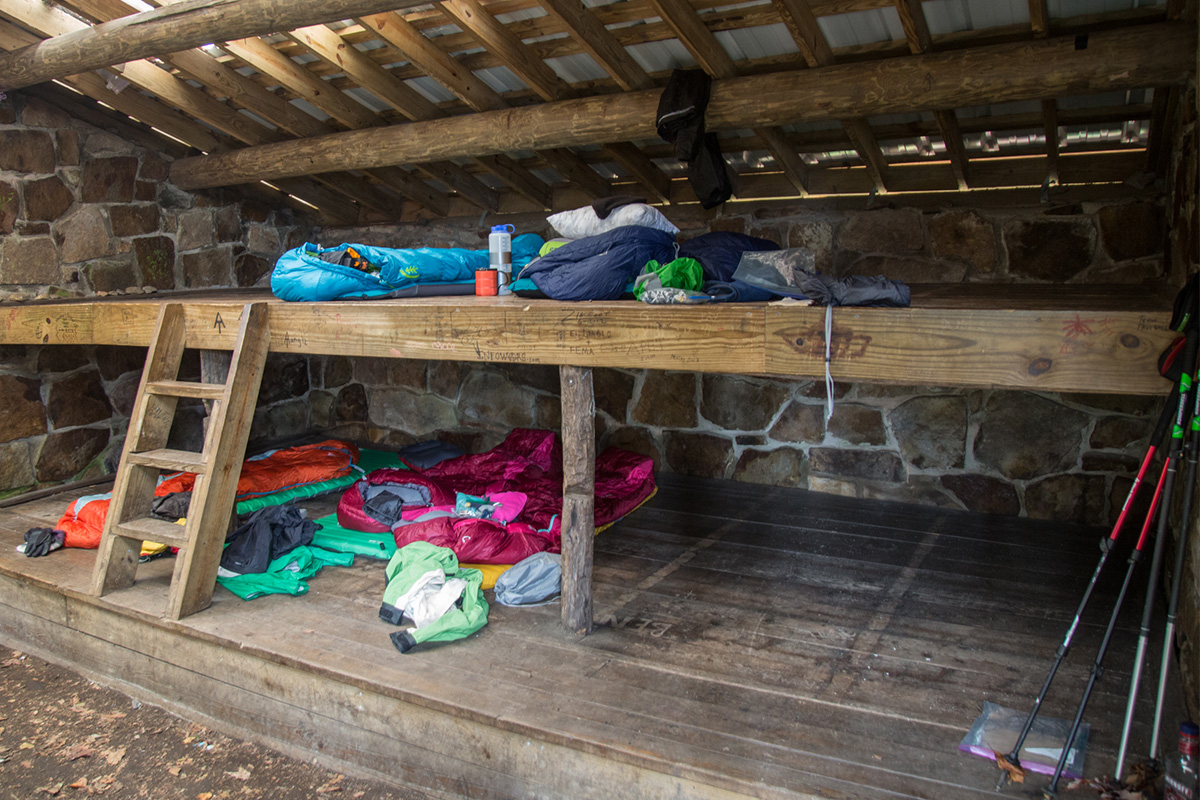
As we shifted our focus from nesting, to the rumbling of our stomachs, we noticed that a gentle, steady rain had started to fall. Grateful for the protection from the elements provided by the shelter, we began preparing our dinner beneath the roof of the front porch, and then settled in for the night. With a gentle pitter-patter of rain on the plastic roof coupled with our full bellies and tired bodies, sleep came easily—even in the close proximity of others.
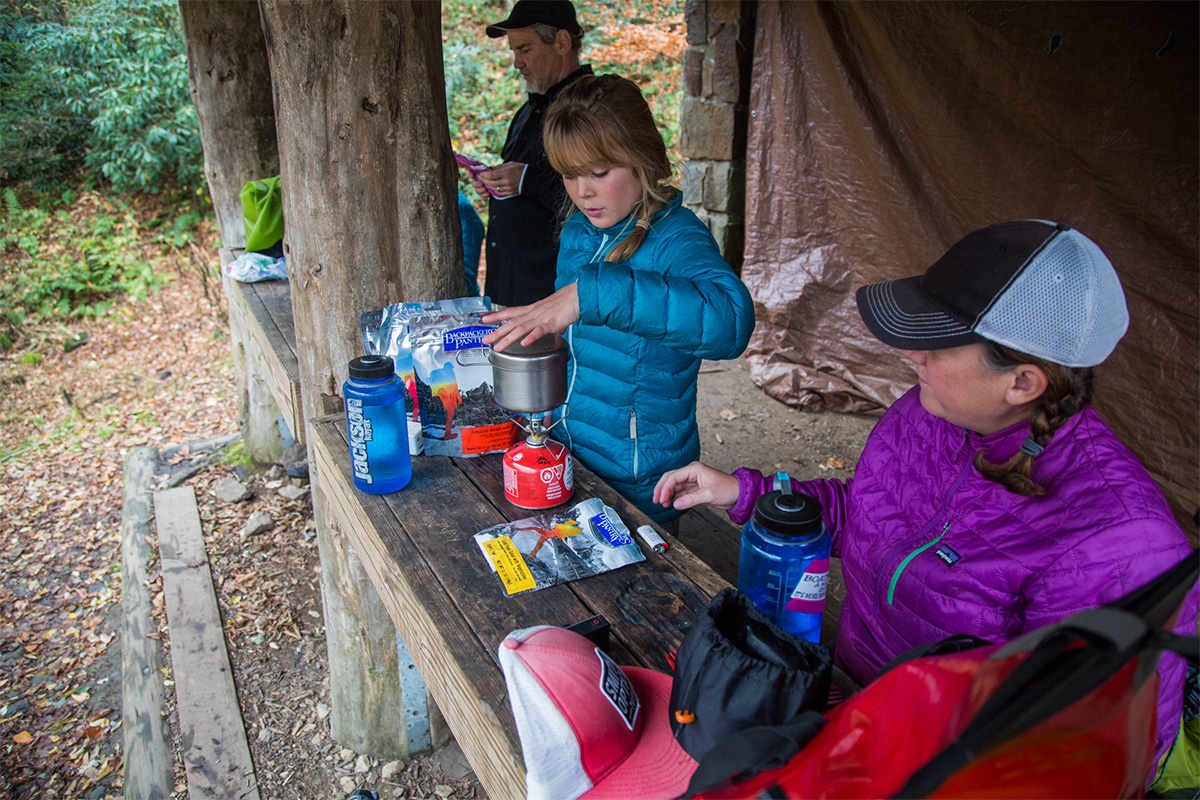
The next morning, we awoke to the sounds of our bunkmates preparing to depart, and looked out to see the same steady rain that lulled us off the dreamland the night before. After a quick breakfast, we donned our rain gear and backpacks and hit the trail, eager for more of the breathtaking scenery along the AT. The trees were completely bare along the ridge which at first was heartbreaking, because after all, we were here to experience the majesty of fall in the Smoky Mountains. However, the naked trees coupled with our high vantage point allowed us incredible views of the entire mountain range in places that ordinarily would have been a tunnel of foliage. We gazed across endless valleys, blanketed in autumn hues completely awestruck with the broad spectrum that spread out before us. Well, before we were ready, we reached the junction leading us down a valley to our second camp.
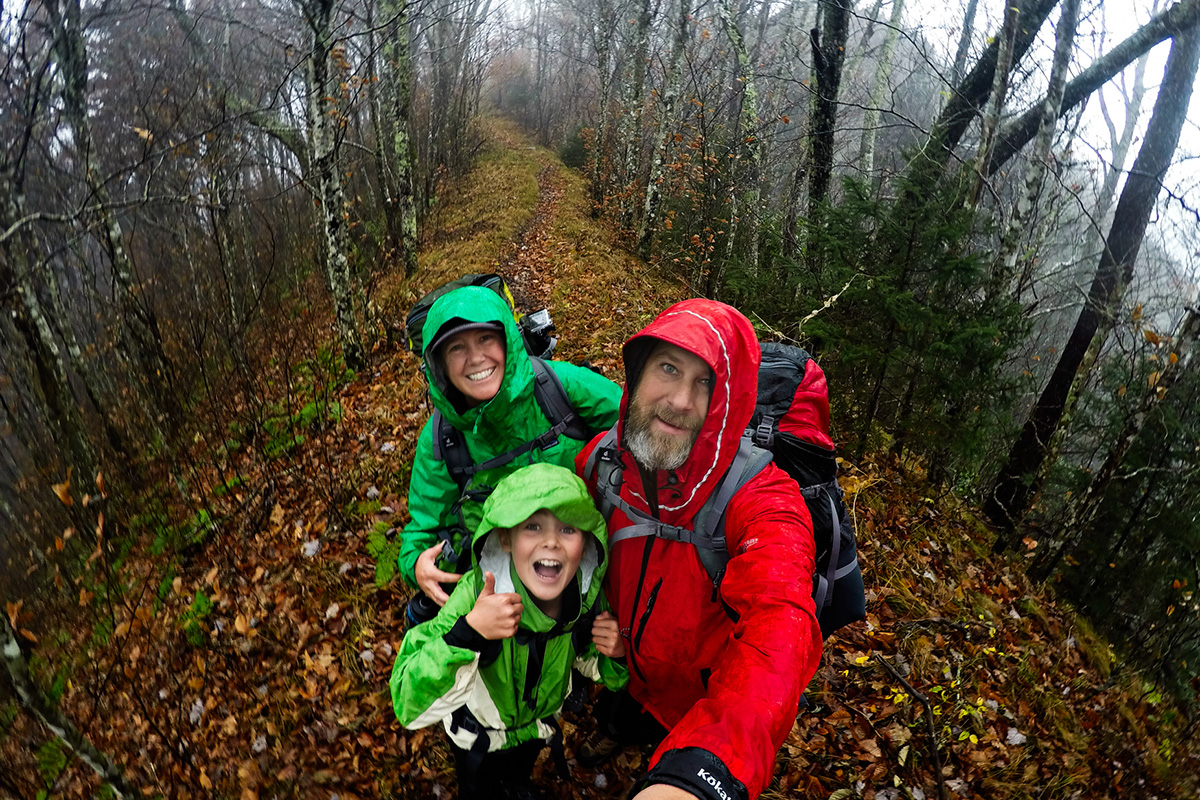
The rainfall accompanied us all day on our hike along the AT, but aside from making the roots lurking under the calf-deep river of leaves that covered the trail extremely slippery, it actually was quite pleasant. While hiking in the rain can be fun, setting up a tent camp and cooking dinner in a deluge certainly is not. Miraculously, as we stepped into camp, the rain abated, giving us just enough time to assemble our tent and secure our packs on the cable suspended high above in the trees—preventative measures to avoid a close encounter with one of the many black bears found in the park. Unfortunately, just as we set up our kitchen on a nearby rock, the brief reprieve from the rain ended, sending us scurrying to the shelter of our tent. We cooked dinner hunkered under the small vestibule of our cramped tent, ate and played a few hands of cards before calling it a night.
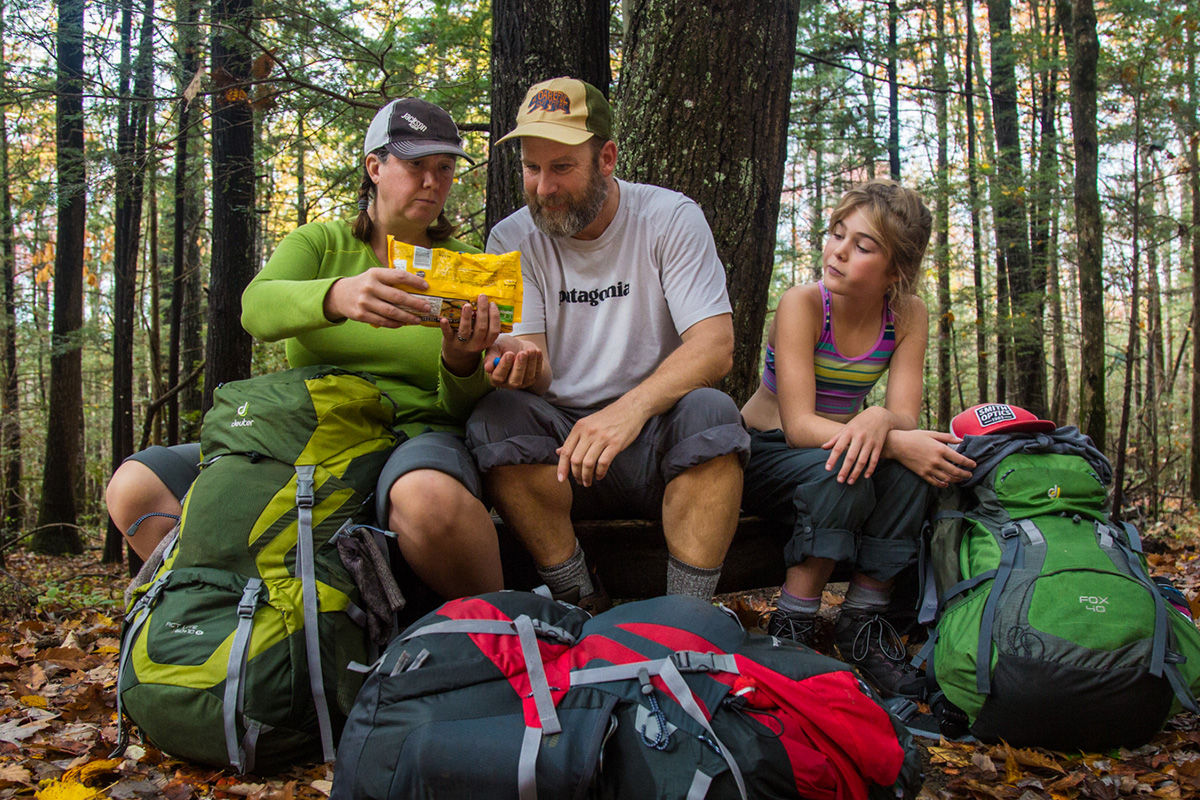
Day three arrived with cloudy skies, but thankfully no rain. We meandered for six miles over rolling terrain, through deep green tunnels of rhododendron, moss and fern—a temperate rainforest. Grateful for the cool, dry weather, we made quick work of the six miles and arrived at camp early in the afternoon. Our third and final camp was by far my favorite. Surrounded by old growth giant trees covered in moss and ferns, I felt as if we had stepped back in time to the Jurassic era. The nearby stream provided an endless of supply of cold water and a soothing background melody. We took our time cooking dinner and feasted on pesto salmon pasta and creme brûlée—a dehydrated, yet delicious feast prepared by the chefs at Backpackers Pantry, and rehydrated by us. After dinner we again secured our backpacks from the nearby bear cables, and retired to our tent for another heated round of cards. Sleep again came quickly after a wonderfully active day. We awoke the next morning to discover that while the cables provide great protection from bears in the backcountry, they were no match for the rodent population that shared Camp 3 with us. With most of our food supply infiltrated, we set out on the last day of our adventure hungry and focused on the finish line.
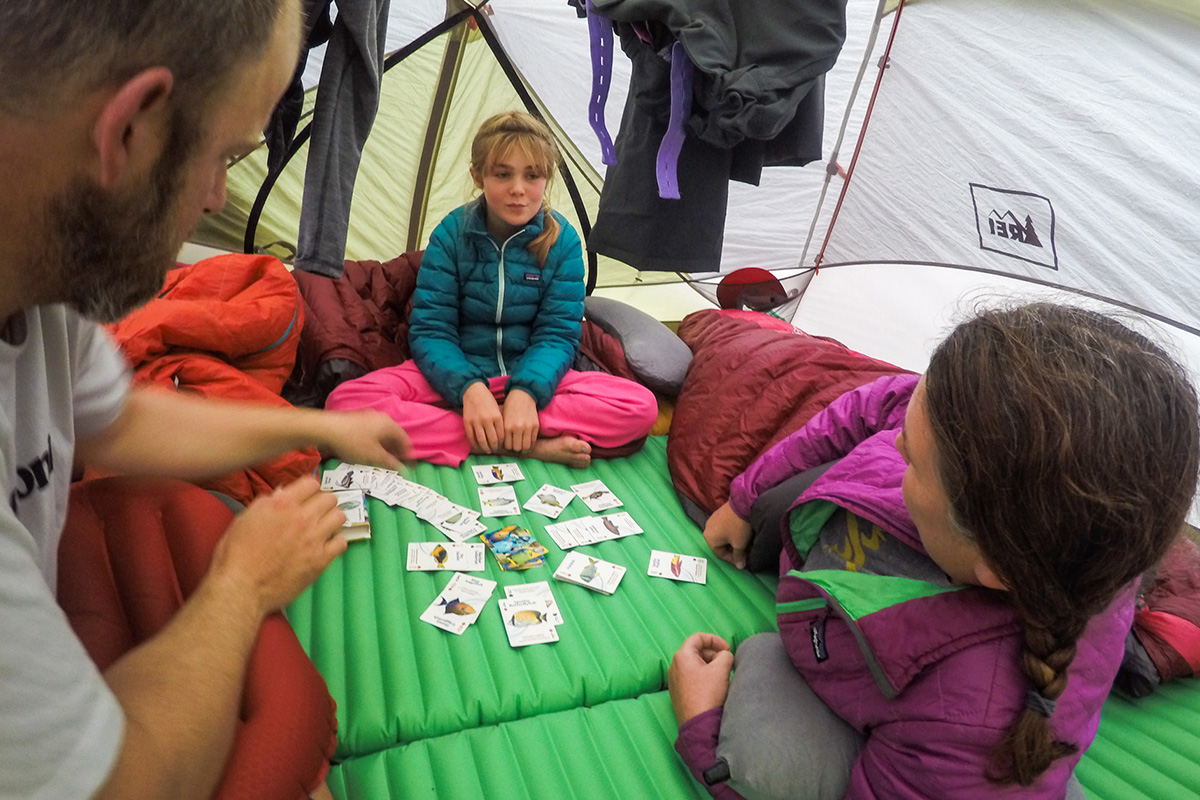
The last day of any adventure is always a time of transition for me. As we traveled through old growth forests, navigating a dozen creek crossings, gaping at beautiful waterfalls and traipsing through a few remaining groves of suspended golden color, I absentmindedly shifted from living in the moment, to all the tasks awaiting me at the end of the journey. The last few miles flew by, almost without notice, as I began compiling lists of things that need to be done and mentally sorting through the logistics of wrapping things up: putting away gear, picking up the dog from the kennel, where we are driving to next, etc. The peace and tranquility of the last three days was swiftly replaced by the hustle and bustle of everyday life. Without even noticing, the remoteness of the wilderness slowly slipped away as the first signs of civilization presented themselves: we found ourselves sharing the trail with others for the first time in days, followed by the sound of cars on the road, and then, our first glimpse of Winnie the View. We ran the last hundred feet and collapsed on the doorstep, tired, hungry and happy to be home—at least until our next adventure.
